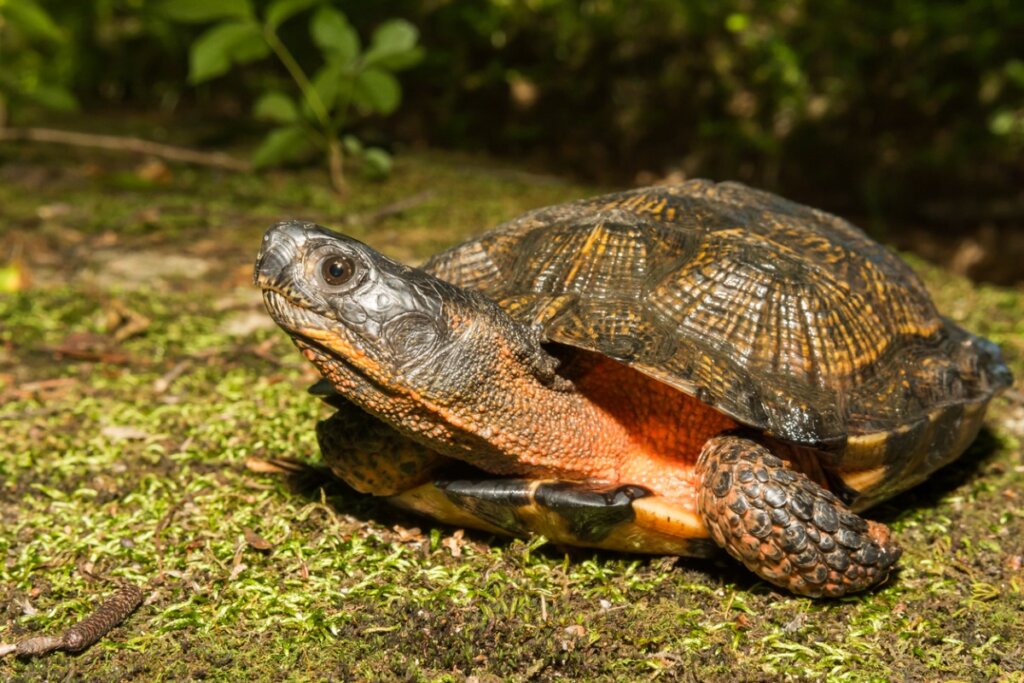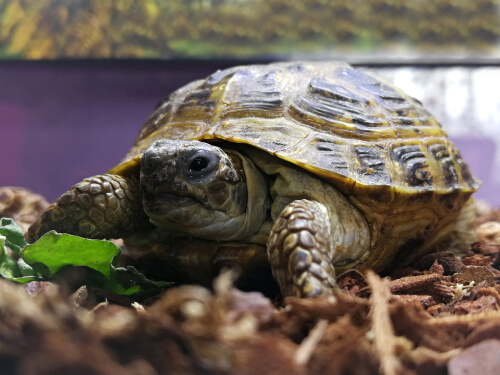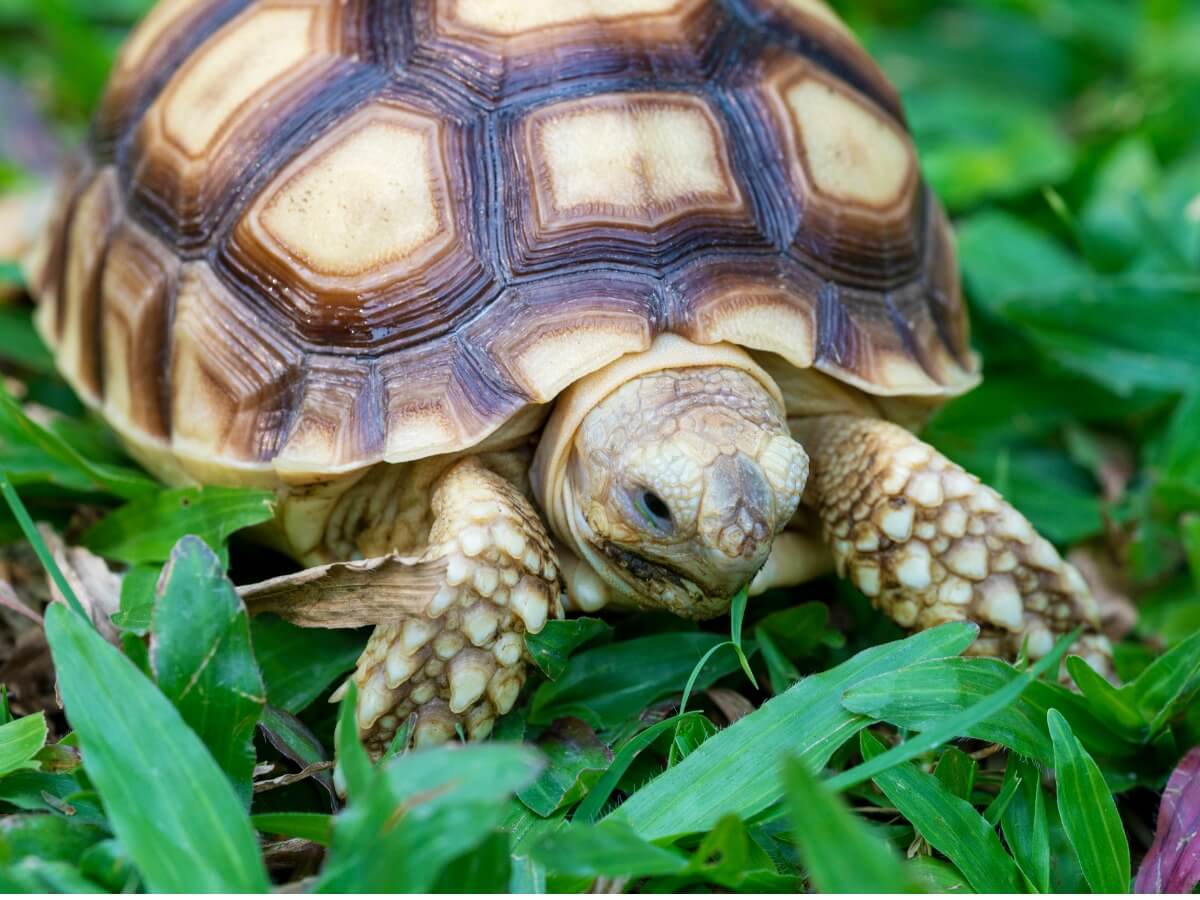How Can You Tell if Your Tortoise Is Hibernating or Dead?

As with most reptiles, tortoises and turtles are unable to control their body temperature on their own. For this reason, they depend on the environment and the sun’s rays to maintain their warmth and even to activate their metabolism. However, when the ambient temperature is too cold, some species enter a state similar to hibernation. But how can you tell if your tortoise is hibernating or dead? Read on!
During this state of hibernation, the tortoise remains immobile and stops all its activities, which may give the impression that it’s dead, when in fact your tortoise is hibernating. This can become alarming to tortoise or turtle owners. Let’s have a look at hibernation first and then how to find out specifically about tortoises. Read on to find out how to tell if a tortoise is dead or hibernating.
What is hibernation?
Hibernation is known to be a winter process in which animals sleep for several months. This mechanism helps the metabolism to reduce its efficiency and resist quite low temperatures, which helps them to survive in extreme situations.
The dependence of reptiles on ambient temperature is so strong that it could endanger their lives if it changes too much. Therefore, some turtles try to mitigate this effect through mechanisms similar to hibernation, in which their body decreases its metabolic rate and avoids expending energy.
Although the term “hibernation” is often used to refer to lethargy in reptiles, this isn’t entirely correct. Contrary to what happens in mammals, reptiles don’t actually sleep during this process, but only decrease their activity to a minimum. For this reason, different experts call it brumation. Of course, for the sake of simplicity, it can be also called hibernation.
In fact, there’s even another similar process in reptiles called estivation. However, while brumation occurs when the temperature is too low, estivation occurs if the ambient temperature rises too high. Both are defense mechanisms that attempt to mitigate extreme changes in the amount of heat in the environment.

Why do tortoises hibernate?
In general, tortoises hibernate when the ambient temperature is very close to 15 degrees Celsius (60 Fahrenheit). If this condition is met, turtles stop eating, become inactive and will attempt to bury themselves in the substrate.
Although this process is natural, not all turtles are able to carry it out. In fact, tortoises or turtles in tropical climates aren’t able to do this as their bodies don’t face sudden changes in the winter seasons.
Hibernating turtle species
Most turtles sold as pets come from temperate climates, so it’s easy to see a turtle hibernate in captivity if they aren’t cared for. The following list contains some of the popular species that may go through this process:
- Russian tortoises (Testudo horsfieldii)
- Spotted turtles (Clemmys guttata)
- Spur-thighed turtles (Testudo graeca)
- Hermann’s tortoises (Testudo hermanni)
- Gopher tortoises (Gopherus spp.)
- Eastern box turtles (Genera: Cuora, Pyxidea and Terrapene)
- Glyptemys (Glyptemys spp.)
- Pond sliders (Trachemys scripta)
How do I know if a tortoise is hibernating?
If the area where the tortoise is being kept in captivity has significant temperature variations, it’s likely to begin its dormant period. The behavior observed at this time may be the following:
- It stops eating
- It stays in the same corner for a long time
- It attempts to bury itself
- It reduces its mobility
- It stays “asleep” for a long time
- You can’t hear it breathing (they do breathe, but in a slow and unnoticeable way)
- It drinks only water
As you’ll see, some of these aspects could easily make you think the tortoise is dead, so it’s easy for keepers to be alarmed to see them like this. However, it’s a natural process that helps them keep their metabolism in optimal conditions, so it’s advisable to let them hibernate.

How do I know the tortoise isn’t dead?
Although while hibernating the turtle remains inactive and almost immobile, it still has reflexes in its body that can help you know that it isn’t dead. To do this, you have to stimulate its limbs or its tail, which will cause certain small movements in the reptile’s body.
You can also try to check if it’s breathing by means of a feather. Bring this object carefully and delicately towards its nose, and with any luck, the turtle will move a little because of the discomfort it causes.
Finally, check the shape and texture of your chelonian’s skin very well. If your tortoise is dead, you’ll notice a change in the color of its body, but if it’s hibernating it should maintain the same appearance throughout. As soon as you detect the appearance of spots, wounds, or any atypical signs on your reptile, see a veterinarian immediately.
If you follow the correct advice, it’s easy to identify whether your tortoise is hibernating or dead. However, you can also go to an animal health professional for confirmation. This will help put your mind at ease, so don’t hesitate to do so if necessary.
All cited sources were thoroughly reviewed by our team to ensure their quality, reliability, currency, and validity. The bibliography of this article was considered reliable and of academic or scientific accuracy.
- Ruhr, I. M., McCourty, H., Bajjig, A., Crossley, D. A., Shiels, H. A., & Galli, G. L. (2019). Developmental plasticity of cardiac anoxia-tolerance in juvenile common snapping turtles (Chelydra serpentina). Proceedings of the Royal Society B, 286(1905), 20191072.
- Jackson, D. C., & Ultsch, G. R. (2010). Physiology of hibernation under the ice by turtles and frogs. Journal of Experimental Zoology Part A: Ecological Genetics and Physiology, 313(6), 311-327.
- Moon, D. Y., MacKenzie, D. S., & Owens, D. W. (1997). Simulated hibernation of sea turtles in the laboratory: I. Feeding, breathing frequency, blood pH, and blood gases. Journal of Experimental Zoology, 278(6), 372-380.
- Claussen, D. L., Daniel, P. M., Jiang, S., & Adams, N. A. (1991). Hibernation in the eastern box turtle, Terrapene c. carolina. Journal of Herpetology, 334-341.
